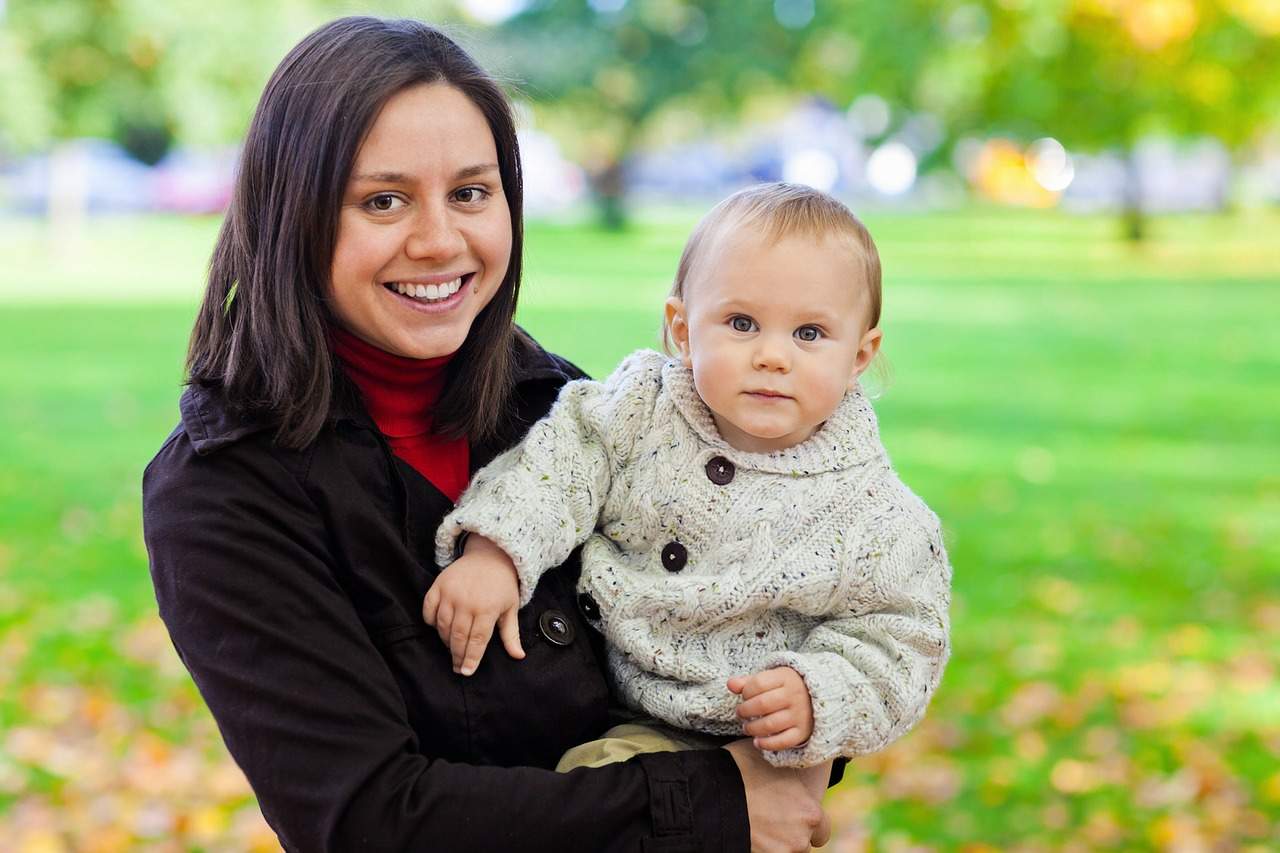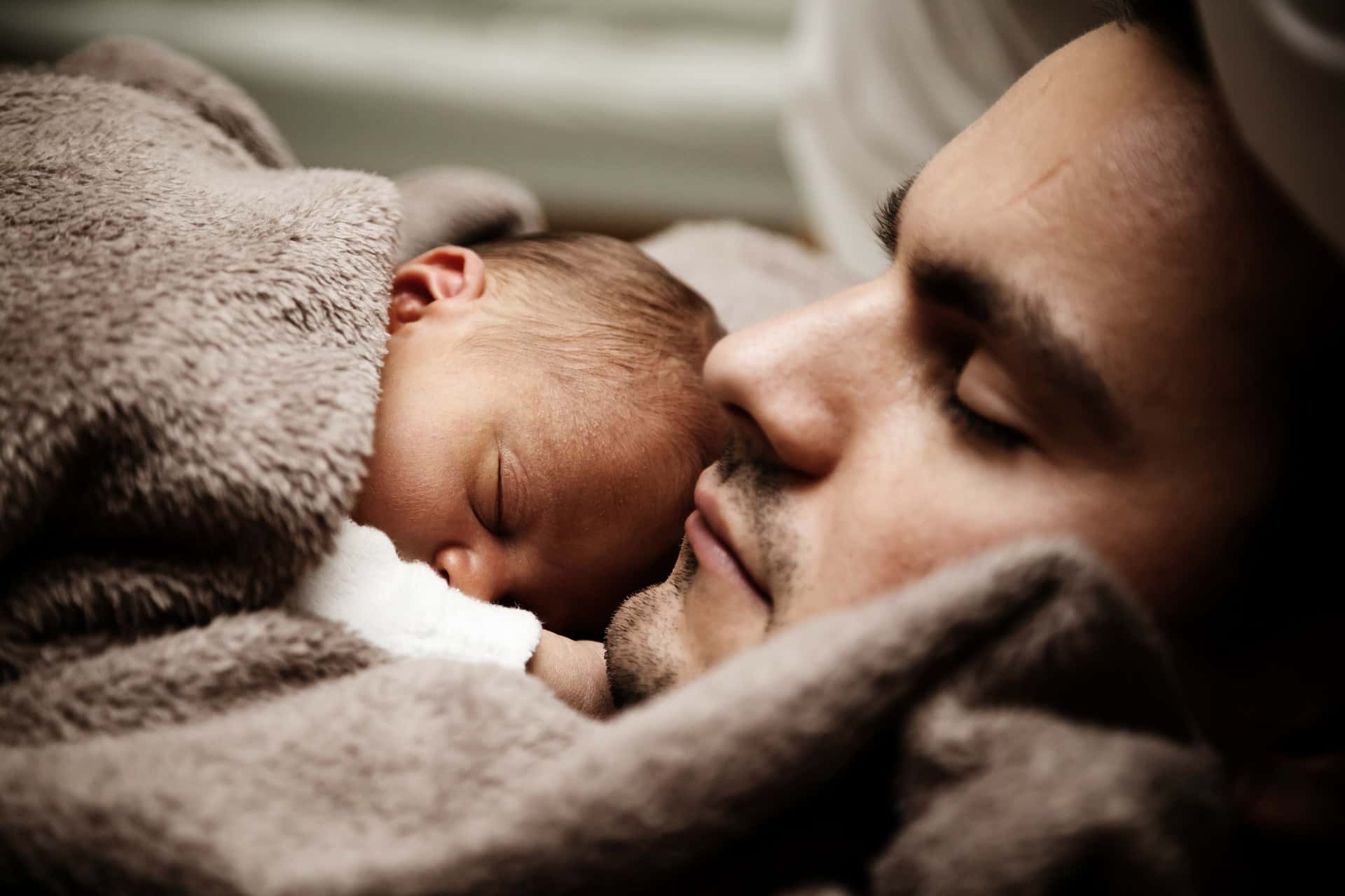When considering growing your family through adoption, it is important to know that there are different routes available and to determine which is right for you. Two different opportunities for hopeful adoptive parents include fostering to adopt (public adoption) and independent voluntary placement (private adoption). While both are wonderful ways to grow a family, there are major differences that anyone hoping to adopt should know.

Foster to Adopt (Public Adoption)
Foster care is a state funded system with the ultimate goal of rehabilitating parents, so that birth parents can end up raising their biological children. For a child to be introduced to the foster system, the state or Department of Social Services typically terminates the parental rights of a biological parent, perhaps for misconduct, illegal activities, or neglect. When no extended family members are able to step in to take care of the child, the child would be placed in the foster system and live with foster parents. Because the state’s goal is to reunite biological parents and children, the child may only reside in foster care temporarily. Once the birth parents comply with the state’s requests, they can be granted custody of their child once again. Public adoption, or foster-to-adopt, takes place when the family that is fostering a child moves to adopt him or her permanently. In foster-to-adopt cases, birth parents may work to regain parental rights, which adds a layer of uncertainty to this type of adoption.
In public adoption, children placed with foster families can range from newborns to age 17, but it is more unusual to adopt a newborn through public adoption. The typical wait can range anywhere from 1-5 years. Since the ultimate goal of the foster care system is to reunite biological parents with their children, it can take a much longer time to adopt a child this way. However, there are some older children that are often able to be adopted immediately.
Adopting through foster to adopt can be much more affordable than private adoption because the state can fund for most of the expenses. While adopting through the foster system may cost significantly less than adopting privately, it may take a significantly more time. Hopeful adoptive parents typically must determine whether the time it takes to adopt or the cost to adopt is more important for them. Foster parents are usually encouraged to take home study or adoption preparation classes which are one of the few costs of this option. After a successful placement, parents will be monitored for six months to verify that they are able caretakers.

Independent Voluntary Placement (Private Adoption)
Independent voluntary placement, or private adoption, is when a birth parent voluntarily places their child for adoption directly with the family of their choice; whereas with a public adoption, the Department of Social Services take custody of the child and the birth parents have no choice in where the child is placed in the foster system.
Prospective adoptive parents hoping to adopt a newborn may want to consider the independent adoption route, as it is more common to adopt a newborn through private adoption than public. Because public adoption allows time for biological parents to complete the state requirements and regain custody, even if an infant is placed in the foster system, they will likely age before they are eligible to be adopted. Parents who want to adopt a baby through private adoption often wait between six and twelve months on average to be matched with a birth mother. With private adoption, hopeful parents pay for legal services, the birth mother expenses during pregnancy, travel for the birth, and other services. While private adoption often costs significantly more than public adoption, there is less uncertainty in private adoption because birth mother is voluntarily relinquishing her parental rights to the adoptive parents; as opposed to a public adoption, where the biological parents may attempt to regain their rights after they have been terminated. Independent, private adoption increases the chances of a speedier and easier process, since the mother gives up her rights as soon as she signs the consent forms.
With an independent and private adoption, families have a variety of options from no contact, to picture letter exchange, to visitation between the birth mother, adoptive parents, and child. Foster care adoption usually means there is little to no contact between the biological mother and adoptive family. This varies case by case, however.
Public and private adoptions are both wonderful ways to grow a family, but are very different and appeal to different families based on their ultimate goals and values. Some may value timeliness and the age of the child, while others may focus more on affordability or their desire to help those children in need. The decision is unique for every family, but so long as you are choosing adoption for the right reason, we hope this information will help you choose the right path for you.
AdoptHelp is dedicated to successfully placing babies with adoptive families. If you are interested in a private adoption, we can help. You can learn more at www.adopthelp.com.